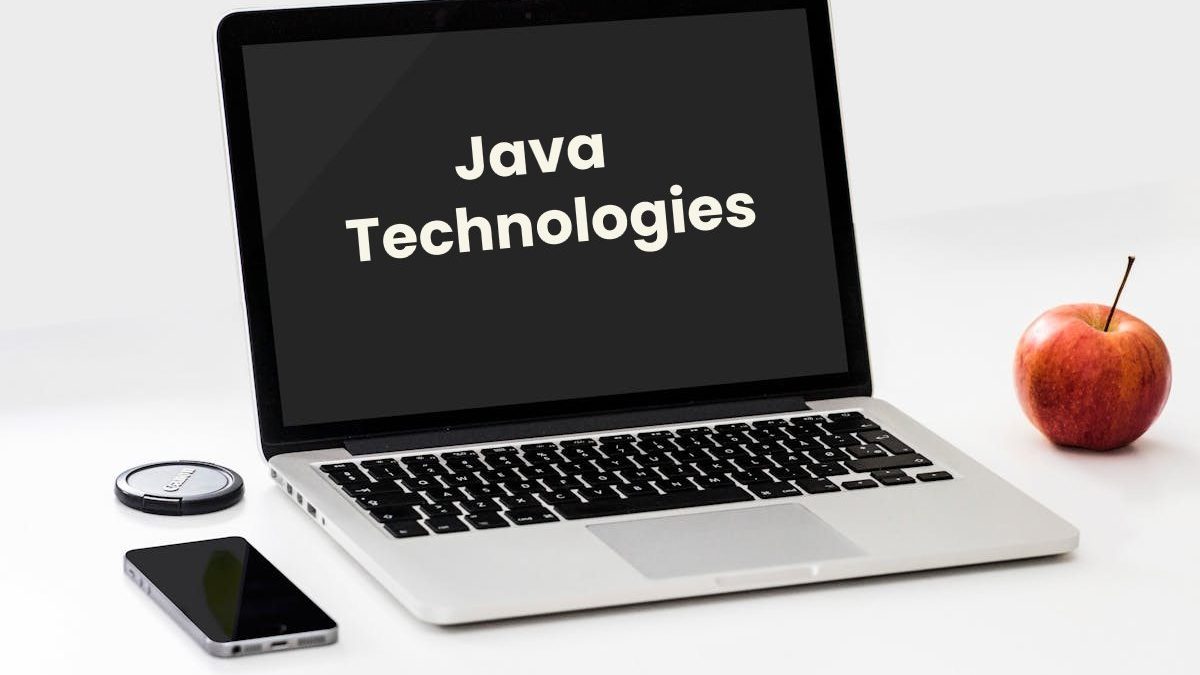In today’s fast-paced digital era, businesses and developers need robust, scalable, and high-performing applications. Full-stack Java development has emerged as a powerful solution, providing an end-to-end framework that covers both frontend and backend functionalities. As web applications grow more complex, Java’s versatility, security, and reliability make it a top choice for enterprises and startups alike.
With the integration of Spring Boot, Hibernate, React, Angular, and RESTful APIs, Full Stack Java development accelerates web development, reducing time-to-market and enhancing user experience.
Table of Contents
Introduction: Why Full Stack Java for Web Development?
Full-stack Java development is the art of combining backend and frontend technologies to create seamless web applications. Java, being one of the most widely used programming languages, provides a strong foundation for developers aiming to build scalable, high-performance web applications.
Enrolling in a Java Full Stack course can help developers gain expertise in both frontend frameworks (React, Angular, Vue.js) and backend technologies (Spring Boot, Hibernate, REST APIs). These technologies allow developers to create full-fledged applications, from user interfaces to data management, ensuring seamless functionality and high performance.
The demand for Full Stack Java Developers is growing rapidly due to Java’s cross-platform compatibility, security features, and extensive support for enterprise applications. This makes it an essential skill for professionals looking to accelerate web development and build next-generation applications.
Core Technologies Powering Full Stack Java Development
1. Backend Technologies: The Foundation of Web Applications
The backend is the backbone of any web application, handling data processing, authentication, and business logic. Java-based frameworks provide a secure and scalable infrastructure for building powerful backend solutions.
Key Backend Technologies for Full Stack Java
- Spring Boot: A lightweight framework that simplifies backend development with built-in microservices and RESTful API capabilities.
- Hibernate: An ORM (Object-Relational Mapping) framework that enables seamless database integration and management.
- RESTful APIs: Essential for communication between frontend and backend, ensuring smooth data transfer.
- Microservices Architecture: Helps break down monolithic applications into smaller, manageable services, improving scalability and maintainability.
🔹 Example: Companies like Netflix and Uber use Spring Boot and microservices to build scalable, high-performance web applications.
2. Frontend Technologies: Enhancing User Experience
The front end determines how users interact with a web application. Modern JavaScript frameworks enable the creation of dynamic and responsive user interfaces.
Key Frontend Technologies for Full Stack Java
- js: A popular JavaScript library for building fast, interactive UI components.
- Angular: A TypeScript-based framework known for its scalability and enterprise-level applications.
- js: A flexible framework that simplifies UI development with easy integration.
🔹 Example: Facebook’s UI is powered by React, enabling a highly interactive and seamless user experience.
3. Database Management: Storing and Retrieving Data Efficiently
A well-structured database ensures smooth data management and retrieval, which is crucial for web applications handling large-scale transactions and real-time updates.
Popular Databases for Full-Stack Java
- MySQL & PostgreSQL: Relational databases are known for reliability and data integrity.
- MongoDB: A NoSQL database that offers flexibility for handling unstructured data.
- Firebase: A cloud-based database widely used for real-time applications and mobile development.
🔹 Example: E-commerce platforms like Amazon and Shopify use MySQL and MongoDB for efficient order management.
Best Practices for Accelerating Web Development with Full Stack Java
1. Automate Repetitive Tasks
- Use CI/CD pipelines (Jenkins, GitHub Actions) to streamline deployment.
- Leverage Spring Boot’s auto-configuration to reduce manual setup.
2. Optimize Performance and Scalability
- Implement caching mechanisms (Redis, Memcached) to improve speed.
- Use lazy loading in Hibernate to reduce unnecessary database queries.
3. Enhance Security Measures
- Apply JWT authentication for secure user sessions.
- Implement role-based access control (RBAC) to protect sensitive data.
4. Adopt Agile Development and DevOps
- Follow Agile methodologies to ensure iterative improvements.
- Utilize DevOps practices like containerization with Docker and Kubernetes for seamless deployment.
The Role of Java Bootcamp in Full Stack Development
For developers aiming to master Full Stack Java, a structured learning approach is essential. A Java Bootcamp provides hands-on experience, industry-relevant projects, and mentorship to help professionals gain real-world coding expertise.
How a Java Bootcamp Accelerates Learning:
✅ Hands-on Projects: Build real-world applications with Spring Boot, React, and REST APIs.
✅ Industry Best Practices: Learn code optimization, security, and performance tuning.
✅ Collaborative Learning: Work on team-based projects to enhance problem-solving skills.
✅ Placement Support: Many bootcamps offer career assistance, helping developers secure top roles in leading tech companies.
🔹 Example: Many developers who have completed Java bootcamps land jobs at leading tech firms like Google, Amazon, and Microsoft due to their practical coding expertise.
Future Trends in Full Stack Java Development
1. Cloud-Native Development
- The rise of serverless computing (AWS Lambda, Google Cloud Functions) reduces infrastructure costs.
2. AI & Machine Learning Integration
- AI-driven applications powered by Java-based ML libraries like Deeplearning4j.
3. Progressive Web Applications (PWAs)
- Java frameworks like Spring WebFlux support real-time, responsive web apps.
4. Blockchain and Java Integration
- Smart contract development using Java-based blockchain platforms like Hyperledger.
Conclusion
Because full-stack Java programming provides unmatched scalability, security, and flexibility, it is the go-to option for creating contemporary online applications. Cloud technologies, automation tools, and frontend frameworks can all be integrated with Java to improve user experience and speed up development cycles.
For professionals looking to fast-track their careers in Full Stack Java, structured learning through Java Full Stack courses and Java Bootcamp can provide the necessary foundation to stay ahead in the competitive tech industry.
As web development continues to evolve, embracing Full Stack Java technologies will remain a game-changer for companies and developers alike. Whether you’re an aspiring developer or an industry professional, now is the perfect time to master Full Stack Java and shape the future of web development.

